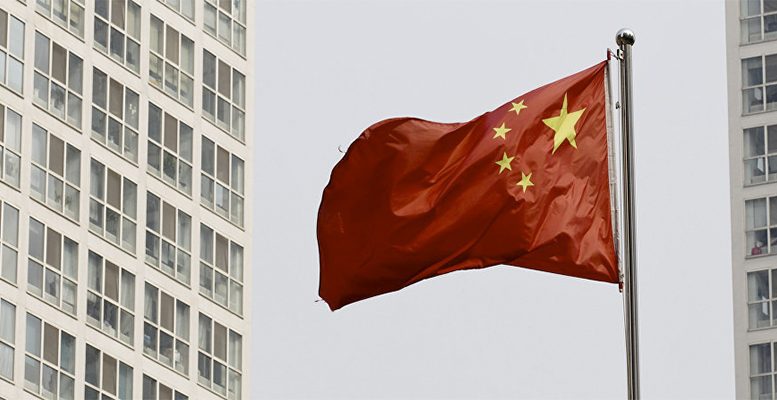Alicia García Herrero (Natixis)| Not surprisingly, the Chinese government has set a high growth target of 5% for 2024, mirroring last year’s. The move is consistent with the market expectation, but achieving the goal is not without challenges, at least when using the early indicators for the first quarter, especially PMI numbers.
China’s official manufacturing and non-manufacturing PMIs stood at 49.1 and 50.8 on average, respectively, over the past three months (from December 2023 to February 2024), leading to a composite PMI of 50.7 during the period. Apart from the three episodes of Covid-19 shocks, this is the lowest composite PMI since 2018, raising questions about China’s GDP for 2024, at least for the first quarter.
Because PMI is a survey of purchasing managers and comparisons may be inaccurate under different economic environments, especially with the impact of Covid shocks, we turn to the third and fourth quarter data of the previous year for further insight. Although the PMIs for the previous two periods were higher, their seasonally adjusted GDP quarter on quarter growth rates were only 1.5% and 1%, respectively. Now with the composite PMI being even lower than that of the fourth quarter 2023, it is likely that China’s first quarter GDP growth will be closer to 1% than 1.5% in 2024. This corresponds to a growth rate of 4.2% year-on-year.
To meet the 5% growth target, the average GDP quarter on quarter growth rates for the rest of the year will need to be 1.3%, requiring a significant lift which will need to arrive without a relevant stimulus, as per our reading of the Work Report published today about China’s Two Sessions.
China’s budget deficit has been lowered to 3% for 2024 from 3.8% in 2023. Given that the forecasted GDP growth rate is the same, this equates to a fiscal contraction in terms of GDP. Still, the local government special bond issuance was increased to RMB 3.9 trillion from RMB 3.8 trillion, but this equates to a very small growth rate of 2.6%. The issuance of the 1 trillion ultra-long special central government bonds, alongside the fiscal carryover from the previous year, may provide more than 1 percentage point increase. However, even with this, the overall magnitude, after accounting for budget deficit contraction, it still falls short of market expectation. The prudent fiscal policy stance is understandable given the debt burden on China’s local governments and the persistently weak land sales by local governments, but one would only expect limited impact on GDP growth.
Second, monetary policy easing has not been fully highlighted in the Work Report although there is mention of flexibility and ample liquidity. This is already evident in the central bank’s earlier announcement to cut the 5-year LPR, but a larger reduction is necessary given our estimate of the gap with the neutral interest rate and the lagged effect of monetary policy on the real economy (Chart 2). Still, cutting rates aggressively can have negative unintended consequences on banks’ profitability as well as downward pressure on the RMB at a time where capital outflows are evident.
It is too early to tell whether China will meet its GDP growth target in 2024, but it is clear that the stimulus measures outlined in the Work Report may not be sufficient to make reaching this target a straightforward endeavor.





